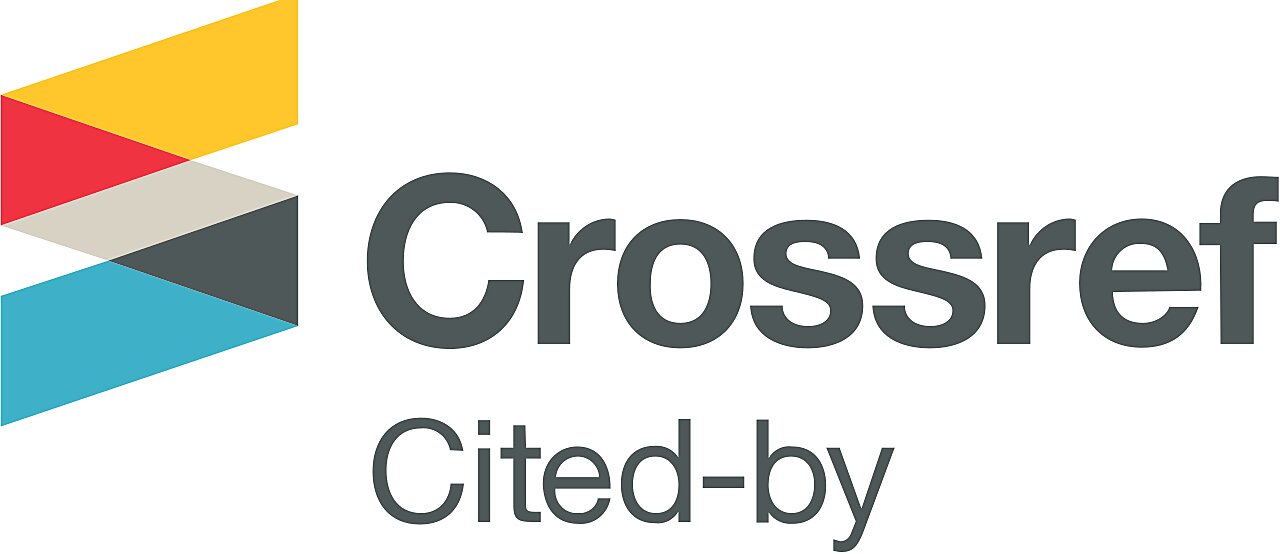
Densities and coffee renewal cycles in an agroforestry system in the department of Norte de Santander Densidades y ciclos de renovación del café en un sistema agroforestal en el departamento de Norte de Santander
Keywords

This work is licensed under a Creative Commons Attribution-NonCommercial-NoDerivatives 4.0 International License.
Summary
At the Blonay Farm, located at 7° 34' N and 72° 37' W, at an altitude of 1,250 m, municipality of Chinácota, in the department of Norte de Santander, the effect of four planting densities of coffee was evaluated (3,600, 5,400, 7,200 and 9,000 plants/ha) and five doses of fertilizer (12.5%; 25.0%; 50.0%; 75.0% and 100% of the recommended doses in soil analyzes) on coffee production in an agroforestry system. The arboreal component was made up of timber species already established in the locality, without a defined zonal arrangement, but maintaining a density close to 70 trees/ha. From the results obtained and the production functions constructed, it is possible to infer that the largest productions are registered with coffee planting densities between 7,200 and 9,000 plants/ha, nourished with 100% of the fertilizer dose. If the production system is established at these planting densities, the renewal of the crop must be carried out once the fourth harvest has been collected, about six years of the crop's life. At low planting densities, coffee renewal cycles can be between the fifth and sixth harvest, which is about 8 years after planting.
Author biography (See)
References (See)
- Audate, E., Maldonado, T., Álvarez, E., Ramírez, M., & Torres, R. (2016, agosto 24-26). Diagnóstico nutrimental de tres sistemas agroforestales con café (Coffea arábica) Cultivado bajo sombra. En Universidad Autónoma Chapingo, VIII Reunión Nacional sobre Sistemas Agro y Silvopastoriles, “Hacia una producción sustentable de alimentos”. Veracruz, México.
- Boreux, V., Vaast, P., Madappa, L. P., Cheppudira, K. G., Garcia, C., & Ghazoul, J. (2016). Agroforestry coffee production increased by native shade trees, irrigation, and liming. Agronomy for Sustainable Development, 36(3), 42. https://doi.org/10.1007/s13593-016-0377-7
- Centro Nacional de Investigaciones de Café. (2018). Anuario meteorológico cafetero 2017. http://hdl.handle.net/10778/660
- Conrado, B. I. (2018). Sustainability assessment of soil properties in Coffea Arabica, based agroforestry systems of Atok, Benguet, Philippines. Journal of Biodiversity and Environmental Sciences, 13(3), 17–31.
- https://innspub.net/jbes/sustainability-assessment-soil-properties-coffea-arabica-based-agroforestry-systems-atok-benguet-philippines/
- Farfán, F., & Jaramillo, A. (2009). Sombrío para el cultivo del café según la nubosidad de la región. Avances Técnicos Cenicafé, 379, 1–8. http://hdl.handle.net/10778/376
- Farfán, F. F. (2014). Agroforestería y sistemas agroforestales con café. Cenicafé. https://www.cenicafe.org/es/publications/AgroforesteriaSistemasCafe.pdf
- Jaramillo, C., Silva, R. H., Prieto, H. E., Cecon, P. R., & Pereira, M. (2010). Production and vegetative growth of coffee trees under fertilization and shade levels. Scientia Agricola, 67(6), 639–645. https://doi.org/10.1590/S0103-90162010000600004
- Jaramillo, A., & Ramírez, V. H., Arcila-Pulgarín, J. (2011 ). Patrones de distribución de la lluvia en la zona cafetera. Avances Técnicos Cenicafé, 410, 1–8. http://hdl.handle.net/10778/328
- Melke, A ., & Ittana, F. (2014). Nutritional Requirement and Management of Arabica Coffee (Coffea arabica L.) in Ethiopia: National and Global Perspectives. American Journal of Experimental Agriculture, 5(5), 400–418. https://doi.org/10.9734/AJEA/2015/12510
- Mestre, A., & Ospina, H. F. (1994). Manejo de los cafetales para estabilizar la producción en fincas cafeteras. Avances Técnicos Cenicafé, 201, 1–8. http://hdl.handle.net/10778/1061
- Nesper, M., Kueffer, C., Krishnan, S., Kushalappa, C. G., & Ghazoul, J. (2019). Simplification of shade tree diversity reduces nutrient cycling resilience in coffee agroforestry. Journal of Applied Ecology, 56(1), 119–131. https://doi.org/10.1111/1365-2664.13176
- Szott, L., T., & Kass, D. (1993). Fertilizers in agroforestry systems. Agroforestry Systems, 23(2), 157–176. https://doi.org/10.1007/BF00704913
Most read articles by the same author(s)
- Fernando Farfán-Valencia, Production of Coffea arabica Castillo® variety in an agroforestry system, in the department of Santander , Cenicafe Journal: Vol. 71 No. 2 (2020): Cenicafe Journal







